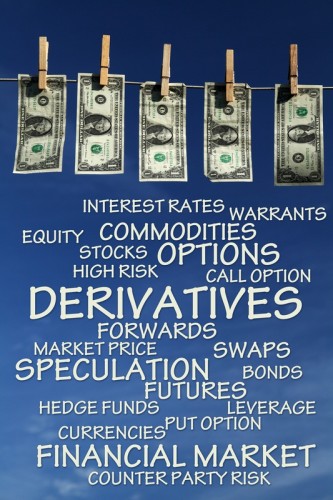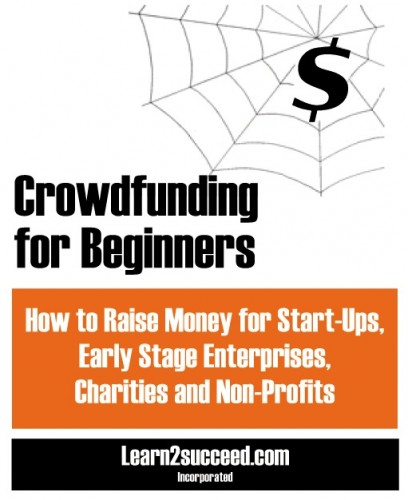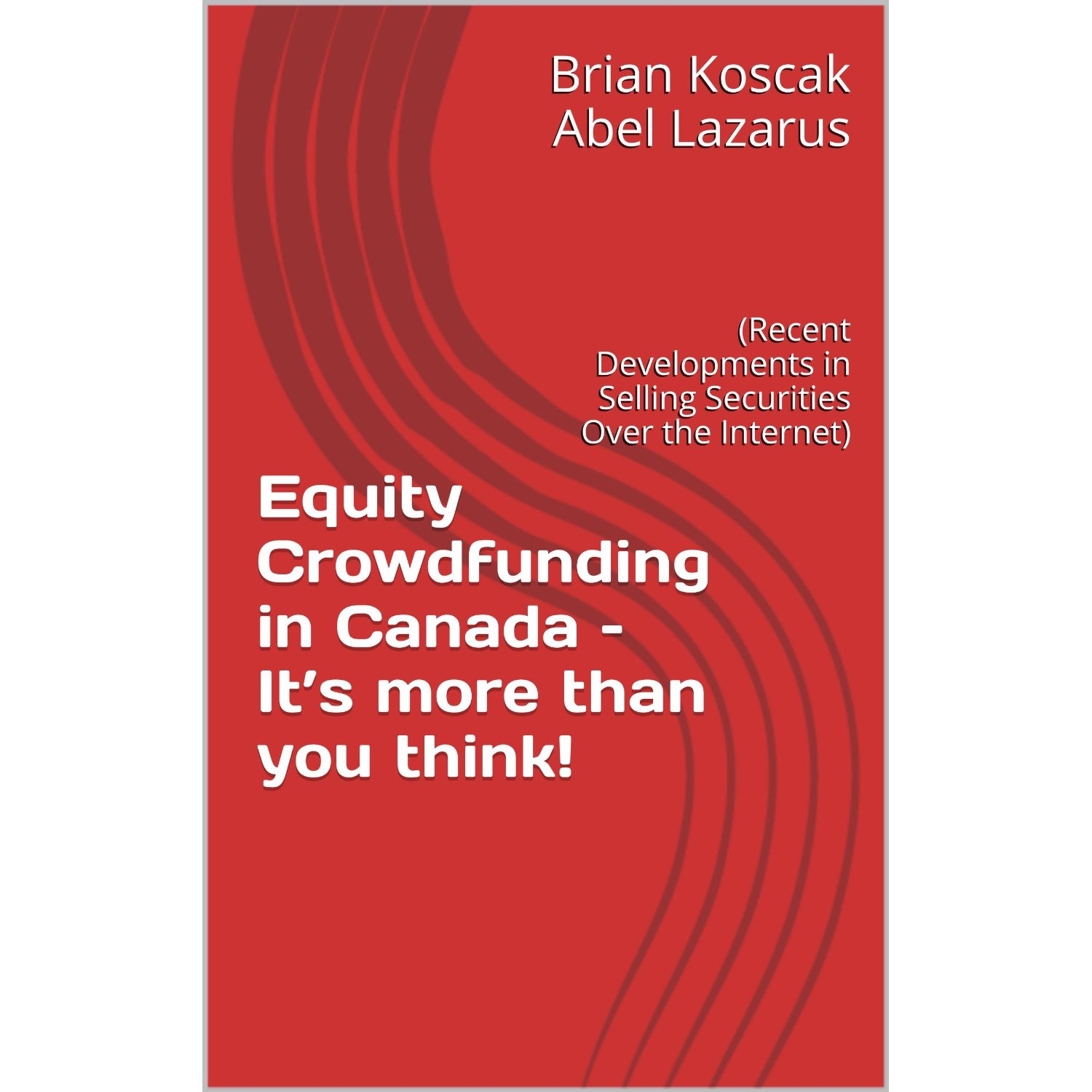Canadian Corporate & Securities Lawyer
Stock Ticker
- Unfortunately, we could not get stock quotes this time.
Subscribe to Blog via Email
Brian Koscak Profile
I am a Partner at the law firm of Cassels Brock & Blackwell LLP located in Toronto, Ontario and specialize in corporate and securities law with an emphasis in captial raising (private and public), investment funds and securities registration and compliance. I am also the Chair of the Private Capital Markets Association of Canada (formerly, the Exempt Market Dealers Association of Canada) and Co-Chair of the Equity Crowdfunding Alliance of Canada. I am also a member of the Ontario Securities Commission's Exempt Market Advisory Committee which is examining new ways to raise capital in Ontario including selling securities on the internet via equity Crowdfunding and adopting the offering memorandum prospectus exemption. Read More…
Published Articles
- Derivatives Transaction Reporting Starts in Canada – Are you Ready? November 6, 2014
- Crowdfunding for Beginners – New Book October 21, 2014
- Exempt Market Dealers and Prospectus Offerings – Canadian Securities Administrators Back Away from Proposed Changes October 19, 2014
- How Much Money Can a Company Keep When Crowdfunding? October 4, 2014
- Ontario Securities Commission Announces Pre-Registration Reviews of Exempt Market Dealer Applicants – It’s Going to Get Tougher to Get Registered! September 28, 2014
 By Brian Koscak and Michael Brown – Effective as of October 31, 2014, securities legislation in each of Ontario, Québec and Manitoba came into force that requires “local counterparties” which engage in derivative transactions to report certain derivatives transaction data to a designated trade repository.
By Brian Koscak and Michael Brown – Effective as of October 31, 2014, securities legislation in each of Ontario, Québec and Manitoba came into force that requires “local counterparties” which engage in derivative transactions to report certain derivatives transaction data to a designated trade repository.  Brian Koscak is a Partner at Cassels Brock & Blackwell LLP located in Toronto, Ontario and Chair of the
Brian Koscak is a Partner at Cassels Brock & Blackwell LLP located in Toronto, Ontario and Chair of the 






